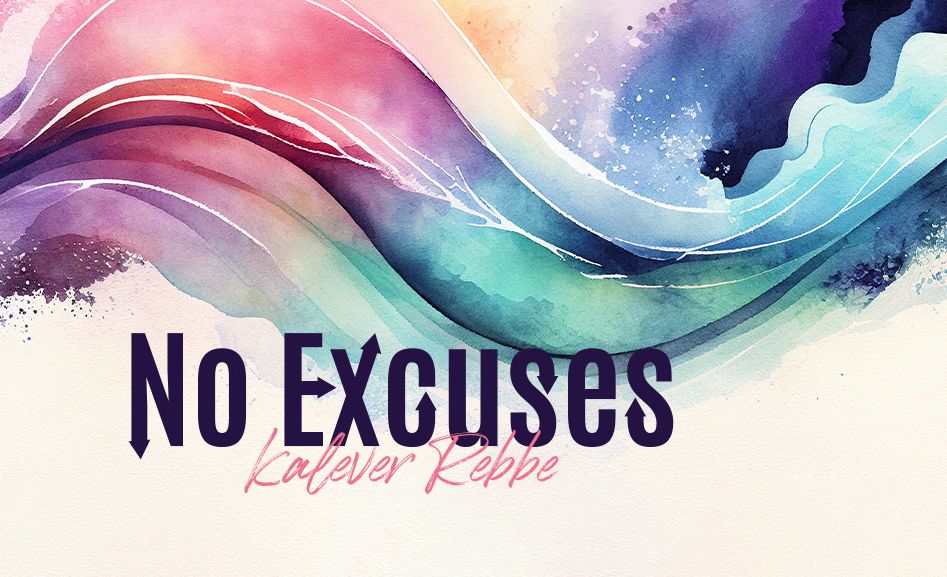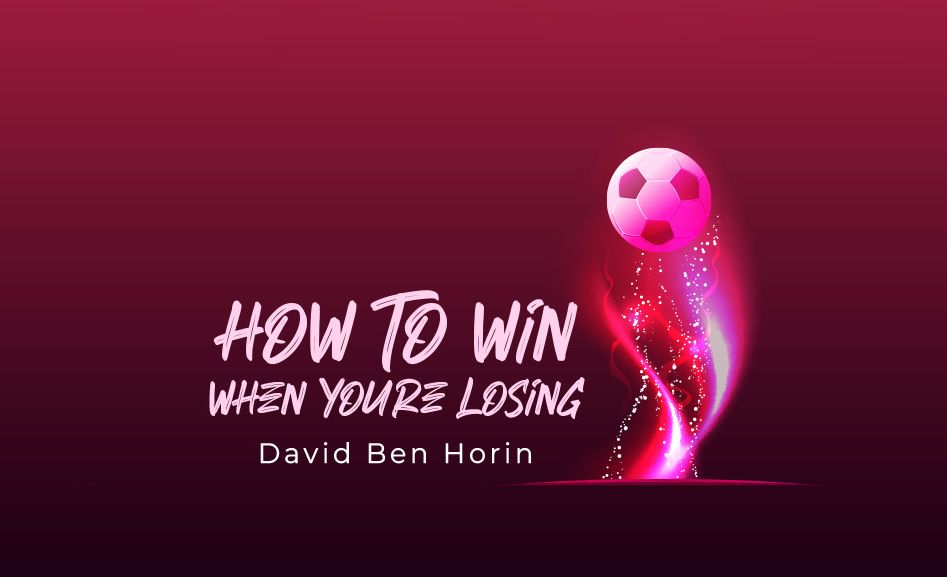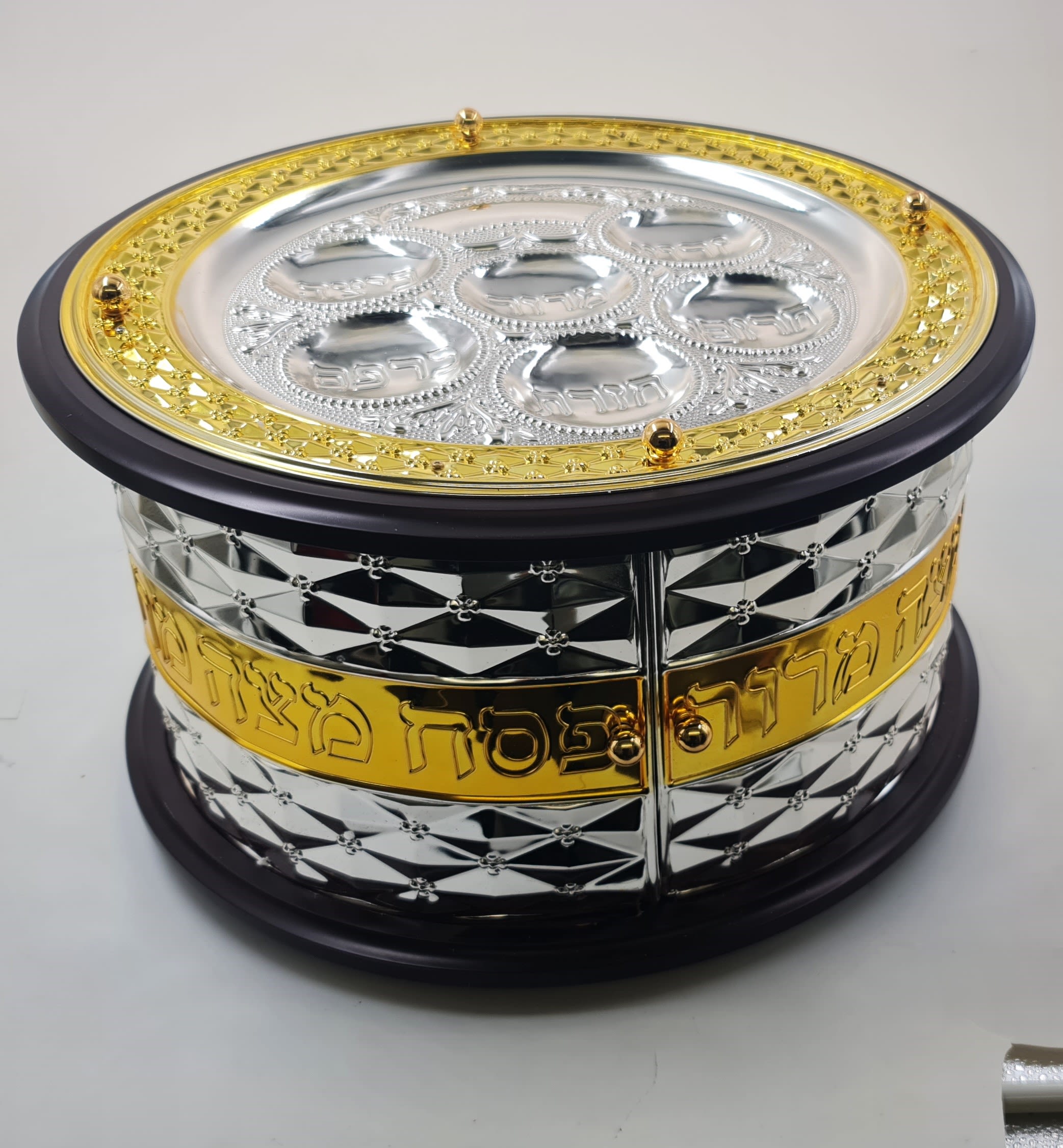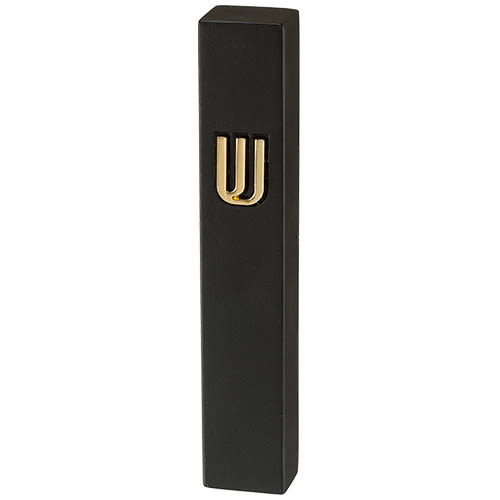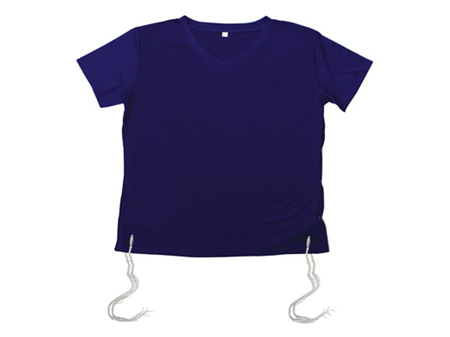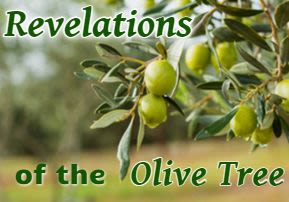
Revelations of the Olive Tree
What amazing lessons we can learn from the “simple” olive tree! The tree reveals living miracles about how to lead a successful life.

Right after Purim, the olives start to blossom. They are the size of pebbles.
The branches are empty, holding leaves the size and weight of a napkin. They stand upright, receiving the rains Hashem sends them to enable the olives to grow.
By Rosh Hashanah, they are in full bloom. They stand the size of grapes, six of them weighing an ounce.
An olive tree in full bloom is a living miracle.
In half a year, something the size of a pebble expanded 100 times its size. Olives are not attached to the branches. They dangle off a stem with the thickness of a few hairs, a few inches from the branch.
For months, the heavy olive stays connected to the tree via a tiny thread. This happens over 15,000 times in a single tree – which produces over 600 cans of olives per harvest.
Most miraculous of all are the lessons the olive tree teaches us.
Financial Lessons of an Olive
The abundance of hundreds of plump olives attached to a single branch weigh it down. The ends of the branches, less connected to the tree trunk, slump down.
An olive tree, at the height of its prosperity, bows to Hashem.
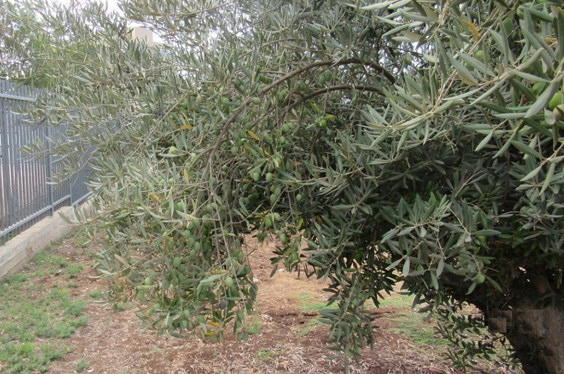
We do it backwards.
We bow to Hashem when we are empty. Once we are laden with His blessings, we stand straight.
We go the way Moshe warned us not to go in the Torah portion of Ha’azinu: We wax fat and forget Hashem.
The olive remembers G-d when it has everything. It thanks Hashem every day after it has achieved its overwhelming abundance.
Every day, we possess the opportunity to thank Hashem for enough to eat. For a healthy body. For friends, family, our community. We live in unprecedented abundance.
Now is the time to thank Hashem for everything we have.
Personal Lessons of an Olive
The olive tree also understands the truth: We can never rest on our laurels.
We fast on Yom Kippur. We pray five times. For the last hour, we are on our feet nonstop. We even keep the fast going so we can complete the evening prayers while we still have the minyan.
You’d think we could take the next day off.
We must still get up early the next day for morning prayers. The Sages advocate that right after our break-fast meal, we should start building our Sukkah.
There is no sitting on spiritual wealth.
Every day we start at zero. We always have to be moving, growing, and advancing from mission to mission.
The reward for passing a test in this life isn’t a Rolex. It’s another test. It’s going from 100 on this level to zero on the next.
One day, the olive tree is bursting with produce. The next morning it is picked bare. Nothing remains but leaves and upright branches.
It’s back to zero. The olive tree now begins to take in rainfall to prepare for next year’s miracles. Rosh Hashanah comes with the next mission: 15,000 olives by the end of Elul.
Come the first of Tishrei, all of our deeds for the previous year are also harvested. A few hours after Yom Kippur, our account is bare, except for one Grace after Meals.
But our mission is different: We have to do better every time.
***
David Ben Horin lives in Afula with his wife and children. Since moving to Israel in 2002, David has discovered Torah, writing hi-tech, hiking, coding ReactJS Apps, and hearing stories about the Land of Israel from anyone excited to tell them. Check him out on Highway 60 or email him your favorite Israel story at: david.ben.horin@spreadyourenthusiasm.com.


